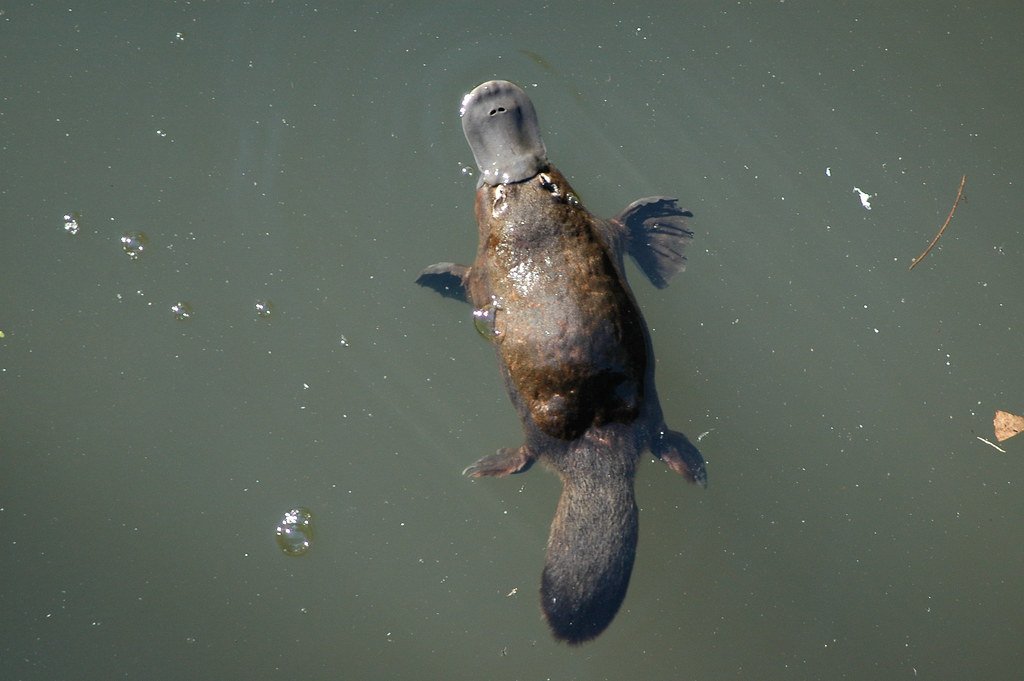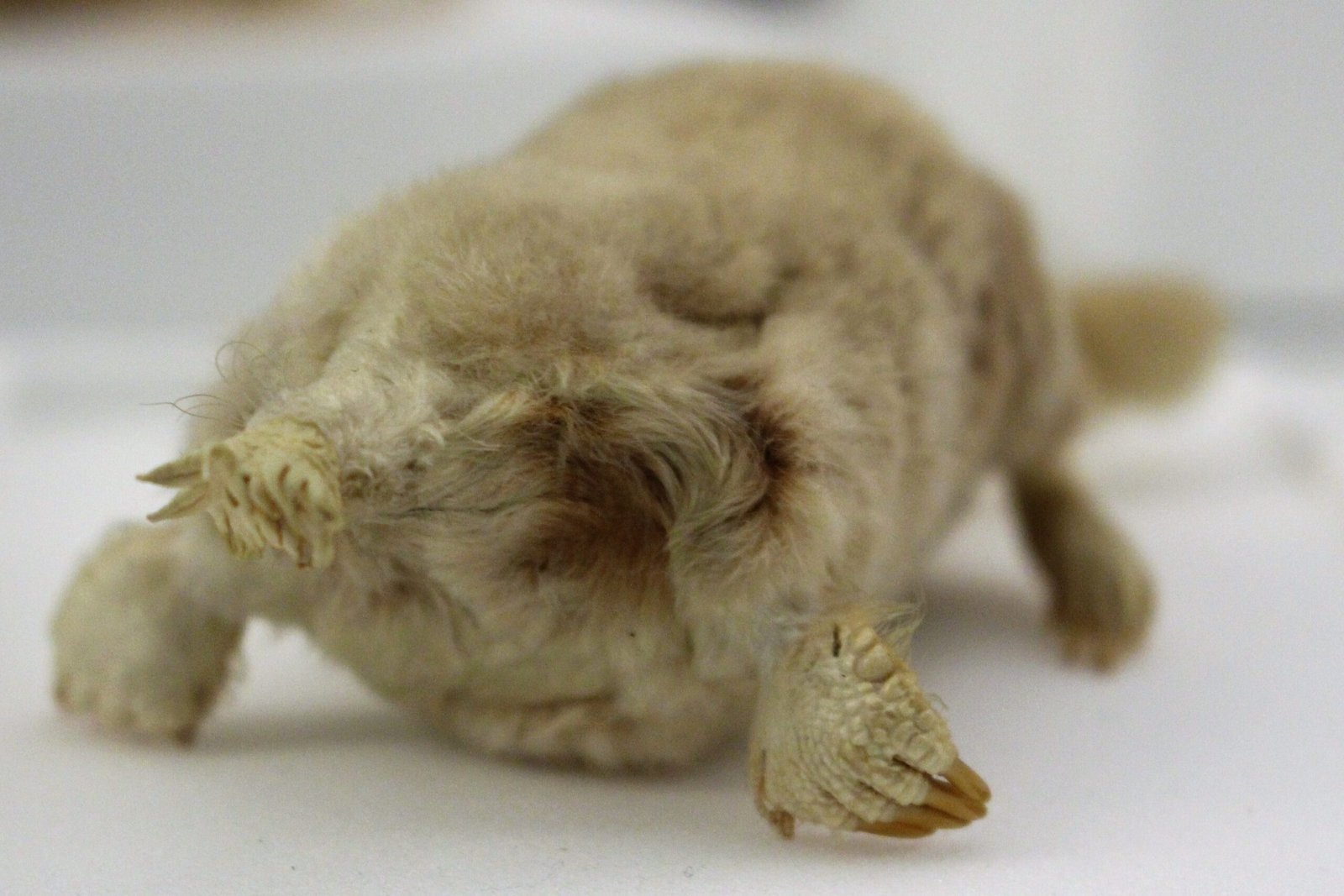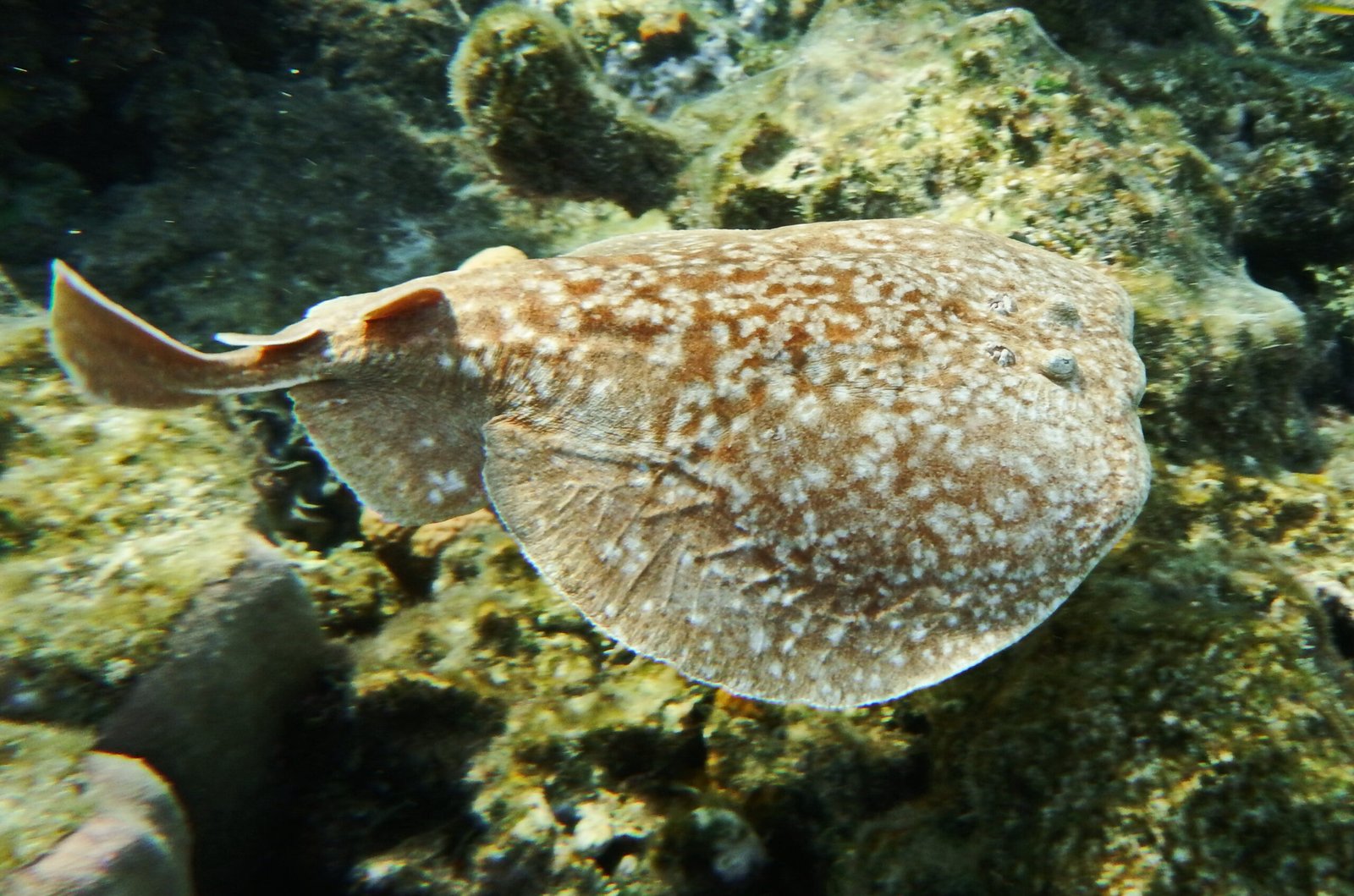While humans pride themselves on their five senses, the animal kingdom operates with sensory abilities that sound more like science fiction than reality. From detecting magnetic fields to sensing electrical currents in water, countless species have evolved extraordinary perceptual powers that remain largely unknown to most people. These remarkable adaptations help animals navigate vast distances, hunt in complete darkness, and communicate across impossible barriers. Prepare to discover a hidden world where ordinary creatures possess abilities that would make any superhero jealous.
The Platypus: Master of Underwater Electricity

The bizarre duck-billed platypus possesses one of nature’s most unusual sensory superpowers—the ability to detect electrical fields generated by living creatures. This extraordinary sense, called electroreception, allows platypuses to hunt underwater with their eyes and ears completely sealed shut. Their distinctive bills contain around 40,000 specialized nerve endings that can detect electrical impulses as weak as 50 microvolts per centimeter.
When a platypus dives beneath the surface, it’s essentially hunting with biological radar. Every muscle contraction of a hidden shrimp or worm creates tiny electrical signals that the platypus can pinpoint with stunning accuracy. This ability proves so effective that platypuses can locate prey buried deep in river mud, making them nearly unstoppable underwater predators despite their seemingly clumsy appearance.
Sharks: The Ocean’s Living Electrical Detectors

Sharks possess an electrical sense so refined that they can detect the heartbeat of a fish hiding in the sand. Through specialized organs called ampullae of Lorenzini, sharks can sense electrical fields as weak as five billionths of a volt. These jelly-filled pores scattered across their snouts and heads make sharks the most electrically sensitive animals on Earth.
This remarkable ability extends beyond hunting—sharks use electroreception to navigate using the Earth’s magnetic field, which generates its own electrical signatures. The electrical activity of a fish’s gills creates a unique signature that sharks can track from considerable distances. It’s like having a built-in metal detector that works underwater, except instead of finding coins, sharks find their next meal.
Elephants: Feeling Vibrations Through Their Feet

Elephants communicate through secret messages that travel through the ground itself. These massive mammals can detect seismic vibrations through specialized cells in their feet and trunks, allowing them to “hear” with their entire bodies. Elephant families separated by several miles can coordinate their movements and warn each other of danger through these underground communications.
When an elephant trumpets or walks, it creates vibrations that travel much farther through solid ground than through air. Other elephants can detect these signals through their feet and interpret complex information about the sender’s identity, emotional state, and location. This seismic communication network operates like a natural internet, connecting elephant communities across vast African landscapes.
Bats: Echolocation Beyond Sound

While many people know bats use echolocation, few realize just how sophisticated this biological sonar system truly is. Bats emit ultrasonic calls and construct detailed three-dimensional maps of their environment from the returning echoes. Some species can distinguish between objects as thin as human hair or detect prey as small as mosquitoes in complete darkness.
The most remarkable aspect of bat echolocation is its precision—they can fly at full speed through dense forests without touching a single branch. Different bat species have evolved unique echolocation calls, from the rapid clicks of hunting bats to the whisper-quiet calls of moths-eating specialists. This biological sonar system is so advanced that engineers still struggle to replicate its effectiveness in human technology.
Migratory Birds: Nature’s GPS System

Migratory birds possess an internal compass that puts modern GPS technology to shame. These remarkable creatures can detect the Earth’s magnetic field through specialized proteins in their eyes, allowing them to navigate across thousands of miles with pinpoint accuracy. This sense, called magnetoreception, helps birds maintain their course even during storms or when flying over vast oceans.
Recent research suggests that birds may actually see magnetic fields as colored overlays on their vision, creating a natural navigation display. Arctic terns, which migrate from Arctic to Antarctic annually, rely on this magnetic sense to complete the longest migration in the animal kingdom. Their ability to return to the exact same nesting sites year after year demonstrates the incredible precision of their biological navigation system.
Snakes: Heat-Seeking Missiles of the Animal World

Certain snake species possess heat-sensing abilities that make them living thermal cameras. Pit vipers, pythons, and boas have specialized organs that can detect temperature differences as small as 0.003 degrees Celsius. These infrared sensors allow snakes to hunt warm-blooded prey in complete darkness, creating detailed heat maps of their surroundings.
The pit organs of these snakes work like biological thermal imaging systems, detecting the heat signatures of mice, birds, and other prey animals. This thermal vision is so sensitive that a snake can strike accurately at a mouse in pitch-black conditions, guided entirely by the animal’s body heat. It’s essentially like having night vision goggles that work by detecting warmth instead of light.
Spiders: Feeling the World Through Silk

Spiders experience their world through an intricate network of vibrations transmitted through their webs. These arachnids can detect the difference between a trapped insect, a potential mate, and a dangerous predator simply by analyzing the vibrations traveling through their silk. Their legs contain specialized organs that can sense vibrations as subtle as air molecules bouncing off nearby objects.
Web-building spiders essentially live inside a giant sensory organ made of silk. They can pinpoint the exact location of struggling prey, determine its size, and even identify whether it’s worth the energy to investigate. Some species can detect vibrations from insects walking on leaves near their webs, expanding their sensory reach far beyond the web itself.
Dolphins: Biological Sonar Masters

Dolphins possess echolocation abilities that surpass even the most advanced human sonar systems. These marine mammals can echolocate objects buried in sand, distinguish between different materials, and even see inside solid objects. Their biological sonar is so precise that dolphins can detect a coin-sized object from over 100 meters away.
The most fascinating aspect of dolphin echolocation is their ability to share acoustic images with other dolphins. They can essentially transmit what they “see” through sound to their companions, creating a form of acoustic communication that humans are only beginning to understand. This capability allows dolphin pods to coordinate complex hunting strategies and share information about their environment in ways that seem almost telepathic.
Bees: Seeing the Invisible Electric World

Bees can detect electrical fields generated by flowers, adding an entirely new dimension to their foraging abilities. As bees fly through the air, they build up a positive electrical charge, while flowers typically maintain a negative charge. This electrical difference helps bees locate nectar-rich flowers and even determine whether another bee has recently visited.
The electrical sense of bees extends beyond flower detection—they can sense the electrical fields generated by thunderstorms approaching from miles away. This early warning system allows entire hives to prepare for dangerous weather conditions. Some researchers believe this electrical sensitivity might also help bees navigate and communicate within their complex social structures.
Star-Nosed Moles: Touch at Light Speed

The star-nosed mole possesses the most sensitive touch organ in the animal kingdom—a bizarre star-shaped appendage that can identify and consume prey faster than the human eye can follow. This remarkable nose contains over 100,000 nerve fibers, six times more than a human hand, packed into a space smaller than a coin.
Star-nosed moles can touch and evaluate 13 separate locations in a single second, making them the fastest foragers on Earth. Their star-shaped nose is so sensitive that it can detect texture differences imperceptible to human fingertips. This extraordinary tactile ability allows these nearly blind creatures to hunt successfully in complete darkness, both underground and underwater.
Pigeons: Living Compasses with Multiple Navigation Systems

Pigeons possess an arsenal of navigation senses that make them nature’s ultimate homing specialists. Beyond their magnetic compass, pigeons can detect infrasound—extremely low-frequency sound waves that travel hundreds of miles through the atmosphere. These sounds, generated by ocean waves, storms, and even distant mountain ranges, create acoustic landmarks that pigeons use for navigation.
Racing pigeons can find their way home from over 1,000 miles away using a combination of magnetic, visual, and acoustic cues. Their ability to detect polarized light patterns invisible to humans provides additional navigation information, while their sensitivity to air pressure changes helps them predict weather patterns. This multi-sensory navigation system makes pigeons virtually impossible to lose, even when released in completely unfamiliar territory.
Sea Turtles: Magnetic Memory Maps

Sea turtles navigate the oceans using magnetic signatures as unique as human fingerprints. These ancient mariners can detect minute variations in the Earth’s magnetic field and use this information to create detailed mental maps of their oceanic territories. Baby sea turtles imprint on the magnetic signature of their birth beach, allowing them to return decades later to nest in the exact same location.
The magnetic sense of sea turtles is so precise that they can navigate to feeding grounds thousands of miles away and return to nesting beaches they haven’t seen for 20 years. This biological GPS system operates independently of weather, ocean currents, or visual landmarks. Scientists believe that sea turtles may possess a magnetic map of the entire ocean, passed down through generations of successful navigators.
Cats: Detecting Earthquakes Before They Strike

Cats possess seismic sensitivity that allows them to detect earthquakes minutes or even hours before they occur. Their hypersensitive paw pads can feel tiny ground vibrations that precede major seismic events, while their inner ear structures detect infrasonic waves generated by shifting tectonic plates. This early warning system has been documented throughout history, with cats displaying unusual behavior before significant earthquakes.
The seismic sense of cats extends beyond earthquake detection—they can sense the approach of large vehicles, detect footsteps from remarkable distances, and even feel the vibrations of their owner’s heartbeat. This sensitivity to ground vibrations may explain why cats often seem to know when someone is coming home before they’re visible or audible. Their ability to detect minute environmental changes makes them living seismographs with fur.
Electric Fish: Underwater Electrical Communication

Electric fish species like the black ghost knifefish generate electrical fields around their bodies and use distortions in these fields to navigate and communicate. These remarkable creatures can detect objects, identify other fish, and even engage in electrical conversations using their bioelectric abilities. Their electrical sense is so refined that they can distinguish between different materials and textures through electrical conductivity alone.
The electrical communication of these fish operates like an underwater internet, with different species using distinct electrical signatures to identify themselves and communicate with their own kind. Some electric fish can jam the electrical signals of competitors, while others can tune their frequencies to avoid interference. This biological electrical system allows these fish to thrive in murky waters where vision is useless.
Wolves: Scent Memories That Last Forever

Wolves possess olfactory abilities that transform scent into detailed information about their environment, far beyond simple smell detection. Their sense of smell is estimated to be 100 times more sensitive than humans, but more importantly, they can analyze scent layers like reading a newspaper. A single sniff can reveal who passed by, when they were there, what they ate, their health status, and their emotional state.
The scent-processing abilities of wolves extend to temporal detection—they can determine how old a scent trail is and predict where the scent-maker is likely to be now. This olfactory time-travel allows wolf packs to track prey across vast distances and coordinate hunts with pack members they haven’t seen for days. Their scent memories can last for months, creating detailed aromatic maps of their territory that include the movements and habits of every creature within miles.
Conclusion: The Hidden Sensory Universe

The secret senses of these remarkable animals reveal a world far more complex and interconnected than human perception alone can comprehend. From electrical fields to magnetic compasses, from seismic vibrations to thermal imaging, these creatures navigate reality using sensory channels that remain largely invisible to us. Their extraordinary abilities challenge our understanding of consciousness and perception while demonstrating the incredible diversity of life’s solutions to survival challenges.
Perhaps most remarkably, these hidden senses remind us that our human-centered view of reality represents just a tiny fraction of the sensory experiences available in nature. Every day, we share our world with creatures that see electricity, feel magnetism, and communicate through channels we’re only beginning to understand. What other sensory secrets might be waiting for discovery in the animal kingdom?




